Homemade Ratatouille Recipe: A Classic French Vegetable Stew
Transform everyday vegetables into a vibrant, flavorful French classic dish
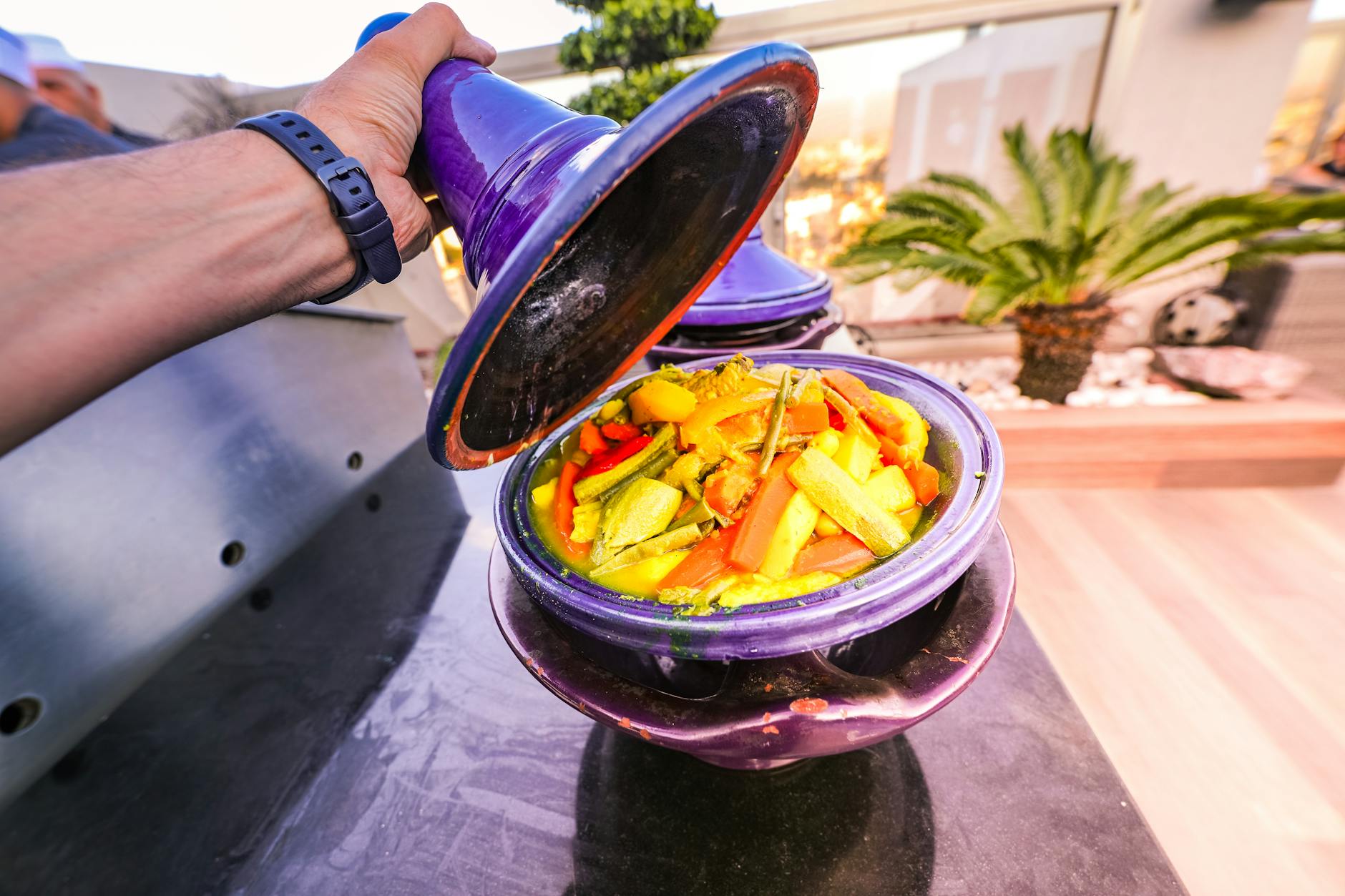
Classic French Ratatouille Recipe
Ratatouille is a celebrated French Provençal stewed vegetable dish that originated in Nice. This colorful medley combines the summer harvest of eggplants, zucchini, bell peppers, and tomatoes with aromatic herbs and garlic. The slow cooking process melds the flavors together, creating a hearty yet refreshing dish that can be served as a main course or as a versatile side dish.
The beauty of ratatouille lies in its simplicity and vibrant presentation. When properly prepared, each vegetable maintains its distinct texture while contributing to the harmonious flavor profile. This recipe follows the traditional method of creating layers of thinly sliced vegetables arranged in a circular pattern over a rich tomato sauce base, resulting in a dish that’s as visually stunning as it is delicious.
Ingredients You’ll Need
For the Sauce Base:
- 4 tablespoons olive oil (divided)
- 1 small onion, finely chopped
- 4 garlic cloves, minced
- 1 bell pepper, diced (red preferred for color)
- 1/3 cup shredded carrot
- 1 can (14 oz) crushed tomatoes
- 2 teaspoons dried basil
- 1/2 teaspoon dried parsley
- Salt and freshly ground black pepper to taste
For the Vegetable Layers:
- 1 medium eggplant, sliced into 1/8-inch rounds
- 2 medium zucchini, sliced into 1/8-inch rounds
- 3-4 Roma tomatoes, sliced into 1/8-inch rounds
- Additional olive oil for brushing
- Fresh thyme leaves
- Salt and freshly ground black pepper to taste
Kitchen Equipment Required
- Large skillet or sauté pan
- 9-10 inch round baking dish or cast-iron skillet
- Sharp knife
- Cutting board
- Measuring spoons and cups
- Wooden spoon or spatula
- Optional: mandoline slicer for uniform vegetable slices
Preparation Method
Step 1: Prepare the Vegetables
Begin by washing all vegetables thoroughly. Using a sharp knife or mandoline slicer, cut the eggplant, zucchini, and tomatoes into uniform rounds approximately 1/8-inch thick. For the eggplant, you may want to salt the slices and let them sit for 15-20 minutes to draw out excess moisture and bitterness, then pat them dry before using.
Dice the bell pepper and finely chop the onion. Mince the garlic cloves and shred the carrot. Having all vegetables prepared before starting the cooking process makes assembly much more efficient.
Step 2: Preheat the Oven
Set your oven to 375°F (190°C) and allow it to preheat while you prepare the sauce base.
Step 3: Prepare the Sauce Base
Heat 2 tablespoons of olive oil in a large skillet over medium heat. Add the chopped onion and sauté for 3-4 minutes until translucent. Add the minced garlic and cook for another 30 seconds until fragrant, being careful not to burn it.
Add the diced bell pepper and shredded carrot, continuing to sauté for 4-5 minutes until the vegetables begin to soften. Pour in the crushed tomatoes and add the dried basil and parsley. Season with salt and pepper to taste.
Allow the sauce to simmer for about 10 minutes over low heat, stirring occasionally until it begins to thicken slightly. The sauce should have a rich, aromatic flavor with a slightly chunky consistency.
Step 4: Assemble the Ratatouille
Transfer the sauce to the bottom of your baking dish, spreading it evenly with a spatula. Begin arranging the sliced vegetables in an alternating pattern, starting from the outer edge of the dish and working your way toward the center, creating concentric circles.
Overlap the vegetable slices slightly, following a pattern of eggplant, zucchini, and tomato for a beautiful color contrast. Continue until you’ve used all the vegetable slices, creating a tightly packed, visually appealing arrangement.
Step 5: Season and Prepare for Baking
Once all vegetables are arranged, brush the top with the remaining olive oil. Sprinkle with fresh thyme leaves, salt, and pepper. The oil will help the vegetables roast properly and develop a slight caramelization during baking.
Step 6: Bake the Ratatouille
Cover the baking dish with aluminum foil and bake in the preheated oven for 40 minutes. This initial covered baking allows the vegetables to steam and become tender. After 40 minutes, remove the foil and continue baking for another 20-25 minutes until the vegetables are completely tender and the top has a slightly roasted appearance.
The dish is ready when a knife can easily pierce through all the vegetable layers, and the sauce is bubbling around the edges.
Serving Suggestions
Allow the ratatouille to rest for 5-10 minutes before serving. This dish can be enjoyed in numerous ways:
- As a main vegetarian course, served with crusty French bread or over cooked polenta
- As a side dish accompanying grilled meats or fish
- Topped with a poached egg for a hearty breakfast
- Tossed with pasta for a complete meal
- Served cold or at room temperature as part of an antipasto platter
For an extra touch, garnish with fresh basil leaves or a sprinkle of freshly grated Parmesan cheese just before serving.
Storage and Reheating Tips
Ratatouille improves in flavor as it sits, making it an excellent make-ahead dish. Store any leftovers in an airtight container in the refrigerator for up to 5 days. The flavors will continue to develop over time.
To reheat, warm gently in a covered skillet over medium-low heat or microwave individual portions. You can also freeze ratatouille in sealed containers for up to 3 months. Thaw overnight in the refrigerator before reheating.
Recipe Variations and Tips
Vegetable Alternatives
While the classic version uses eggplant, zucchini, and tomatoes, you can customize your ratatouille with these variations:
- Add yellow squash for additional color and flavor
- Include sliced potatoes for a heartier version
- Mix in mushrooms for an earthier taste profile
- Add layers of sweet potatoes for a twist on the traditional recipe
Pro Tips for Perfect Ratatouille
For the best results when preparing this classic French dish:
- Slice vegetables to uniform thickness for even cooking
- Don’t rush the sauce base – allowing it to simmer develops deeper flavors
- Salt the eggplant before cooking to remove bitterness
- Don’t overcrowd the vegetable arrangement – each slice should be visible
- Let the dish rest before serving to allow flavors to settle
Herbaceous Variations
Experiment with different herb combinations to customize the flavor profile:
- Herbs de Provence for an authentic French touch
- Fresh rosemary for an aromatic, woody note
- Bay leaves added to the sauce for depth of flavor
- Fresh oregano for a Mediterranean twist
Nutritional Information
Ratatouille is not only delicious but also a nutritional powerhouse. This dish is naturally:
- Low in calories (approximately 150-180 calories per serving)
- High in fiber from the various vegetables
- Rich in vitamins A, C, and K
- A good source of antioxidants, particularly from the tomatoes
- Gluten-free, vegan, and vegetarian-friendly
Frequently Asked Questions (FAQs)
Q: Can I prepare ratatouille in advance for a dinner party?
A: Yes, ratatouille actually improves in flavor when made a day ahead. Prepare the entire dish, refrigerate overnight, and reheat at 350°F for 15-20 minutes before serving.
Q: Do I need to peel the eggplant before using it in ratatouille?
A: Peeling is optional. The skin adds color and nutrition, but if you prefer a more tender texture, you can peel the eggplant partially by creating stripes with a vegetable peeler.
Q: My ratatouille seems too watery. What went wrong?
A: Excess moisture likely came from the vegetables. Try salting your eggplant and zucchini slices and letting them sit for 30 minutes before patting dry. Also, make sure your sauce base is thick before adding the vegetable layers.
Q: Can I freeze ratatouille?
A: Yes, ratatouille freezes well. Store in airtight containers for up to 3 months. Thaw overnight in the refrigerator and reheat gently on the stovetop or in the microwave.
Q: What’s the difference between traditional ratatouille and the movie version?
A: Traditional ratatouille usually features chunked vegetables stewed together, while the movie version (sometimes called “Confit Byaldi”) presents thinly sliced vegetables arranged in a circular pattern, as this recipe demonstrates.
This classic French ratatouille recipe brings a taste of Provence to your table with minimal effort and maximum flavor. The colorful presentation makes it suitable for both casual family dinners and elegant entertaining. Enjoy the process of creating this beautiful dish, and savor the rich, complex flavors that develop as the vegetables and herbs meld together during cooking.
References
Read full bio of Anjali Sayee




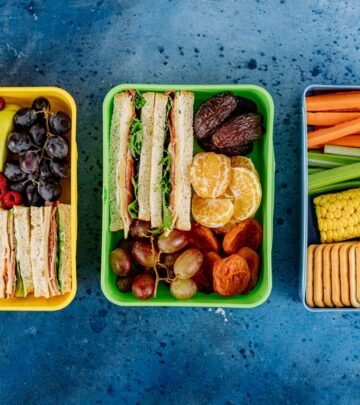
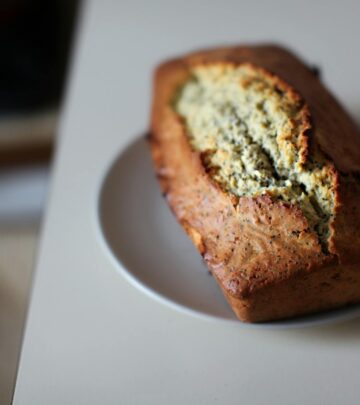
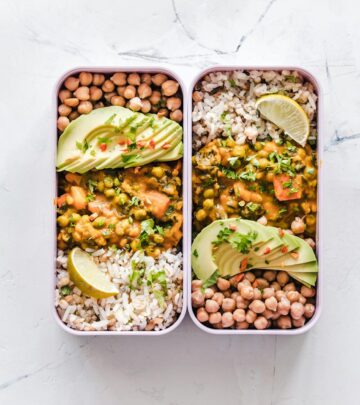
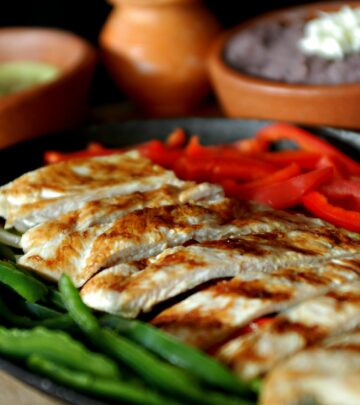




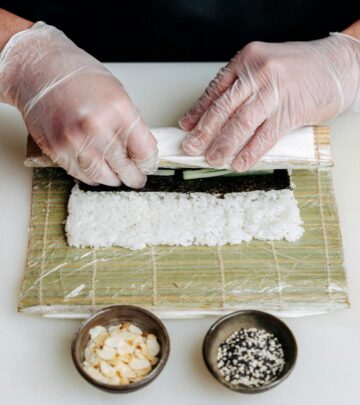
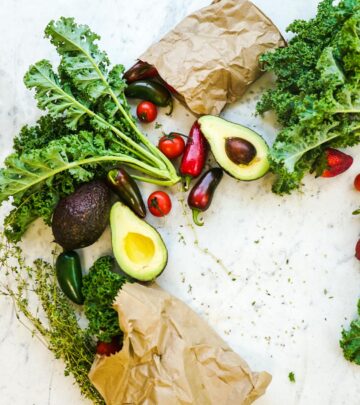

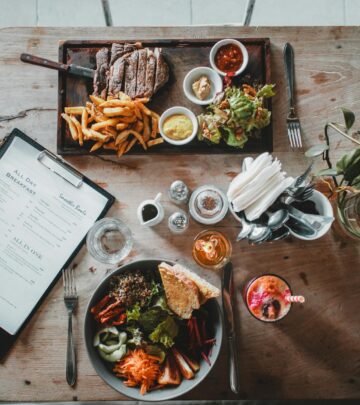


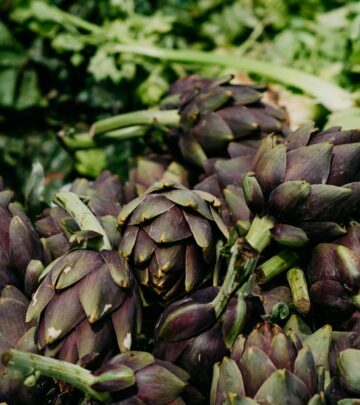

Community Experiences
Join the conversation and become a part of our empowering community! Share your stories, experiences, and insights to connect with other beauty, lifestyle, and health enthusiasts.